NEWS
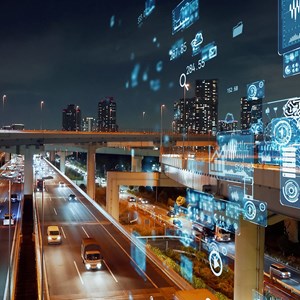
The European Commission, through the European Innovation Council and SMEs Executive Agency (EISMEA), is funding experts to contribute to the European Fare Information Profile project, a major initiative that will shape the future of multimodal ticketing and fare information across Europe.
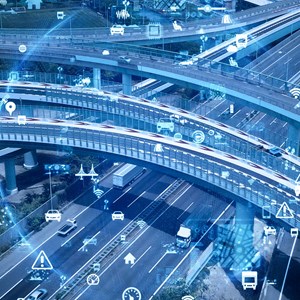
The European Commission, through the European Innovation Council and SMEs Executive Agency (EISMEA), is funding experts to participate in the EUDIT project, a new initiative to develop a European Standard (EN) for digital interfaces (APIs) that will transform how transport tickets are distributed across Europe.

The European Commission, through the European Innovation Council and SMEs Executive Agency (EISMEA), is funding experts to contribute to the Cyclinfra project, an initiative to improve the exchange and re-use of digital, machine-readable cycling network data across Europe. The project aims to make cycling more attractive and accessible by ensuring that accurate geographic data on cycling infrastructure is available, interoperable, and easy to integrate into modern mobility services.
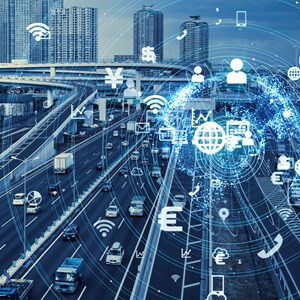
The European Commission, through the European Innovation Council and SMEs Executive Agency (EISMEA), is funding experts to join the BT4PT project, a strategic initiative to create a European Standard (EN) for barcode ticketing that will enable seamless multimodal and multi-operator travel across Europe.

As we rely more and more on digital tools to navigate public transport, the need for consistent, accurate, and real-time travel information has become essential. Whether it is knowing if your train is delayed or finding out whether a lift at your metro station is working, these updates shape how we plan and experience our journeys.
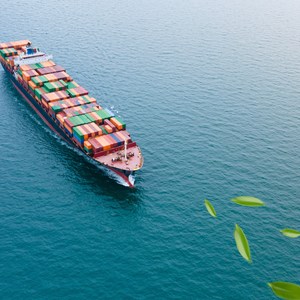
A new CEN Workshop is being planned which will complement the activities of the Clean Harbours initiative at commercial passenger terminals ('GREEN BAY'), led by the Var Chamber of Commerce and Industry (CCI). This project aims to create and provide a new European Environmental Standard for commercial ports with passenger terminals.
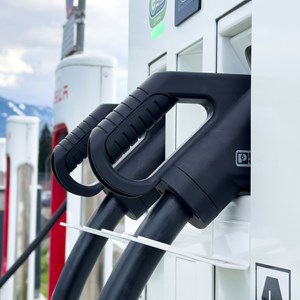
The objective of this Open Call for Tender is the selection of 2 Project Team Experts in the field of accessibility. PT Expert 1 will have expertise in the field of accessibility of the built environment and on ergonomics and PT Expert 2 will focus on Design for All and ICT accessibility.
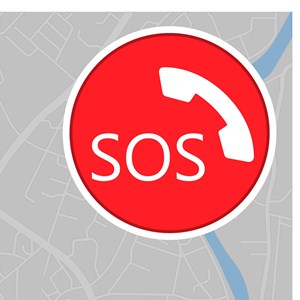
Every year, thousands of lives are lost on European roads due to serious car crashes. While emergency services do their best, precious time can be lost when accidents occur in remote locations or when drivers are too injured to call for help. What if your car could call emergency services for you? This is exactly what the Pan-European eCall system does – and a newly updated standard ensures it works even better.
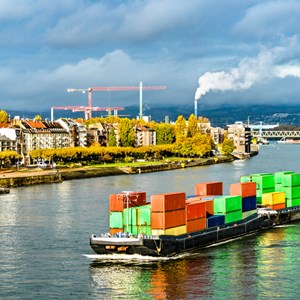
CEN and CENELEC have entered into a significant agreement with the Central Commission for the Navigation of the Rhine (CCNR) to advance the standardization of inland navigation. This collaboration aims to improve standardization processes and safety measures in inland waterway transport. It has been formalized through a Memorandum of Understanding (MoU) signed by the three organizations on 9 April.
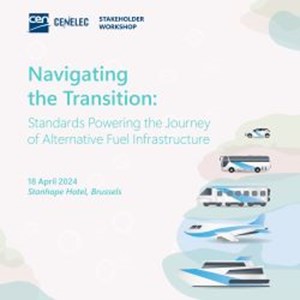
Finding ways to use alternative fuels like electricity, biofuels, and hydrogen in transportation comes with its own set of hurdles. Imagine setting up charging stations for electric cars across Europe, ensuring airplanes use sustainable fuels, or making ships more environmentally friendly. Luckily, standards can help, as highlighted by a workshop organized by CEN and CENELEC on 18 April.